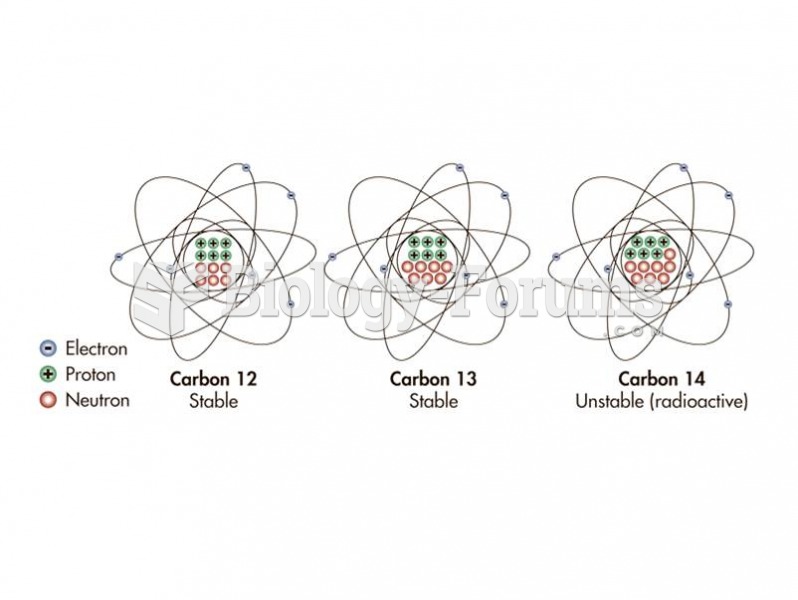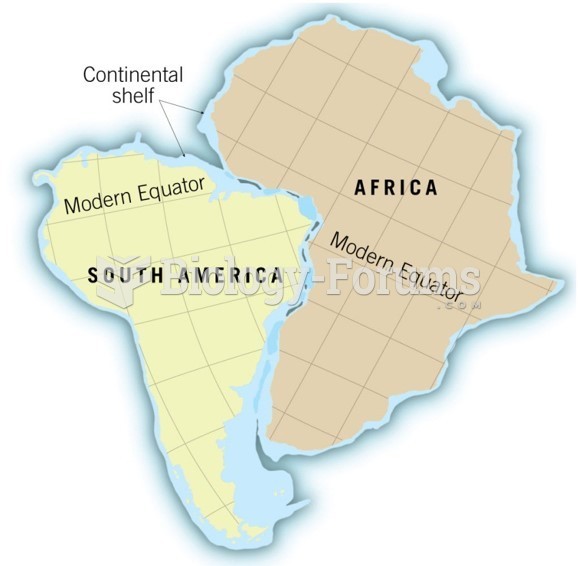|
|
|
Did you know?
Normal urine is sterile. It contains fluids, salts, and waste products. It is free of bacteria, viruses, and fungi.
Did you know?
The ratio of hydrogen atoms to oxygen in water (H2O) is 2:1.
Did you know?
If you could remove all of your skin, it would weigh up to 5 pounds.
Did you know?
Green tea is able to stop the scent of garlic or onion from causing bad breath.
Did you know?
The immune system needs 9.5 hours of sleep in total darkness to recharge completely.







